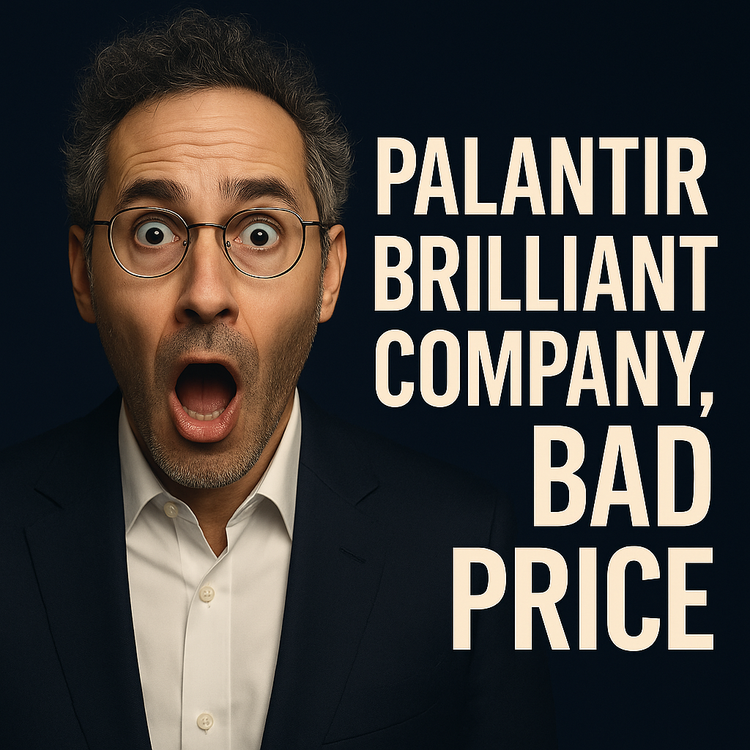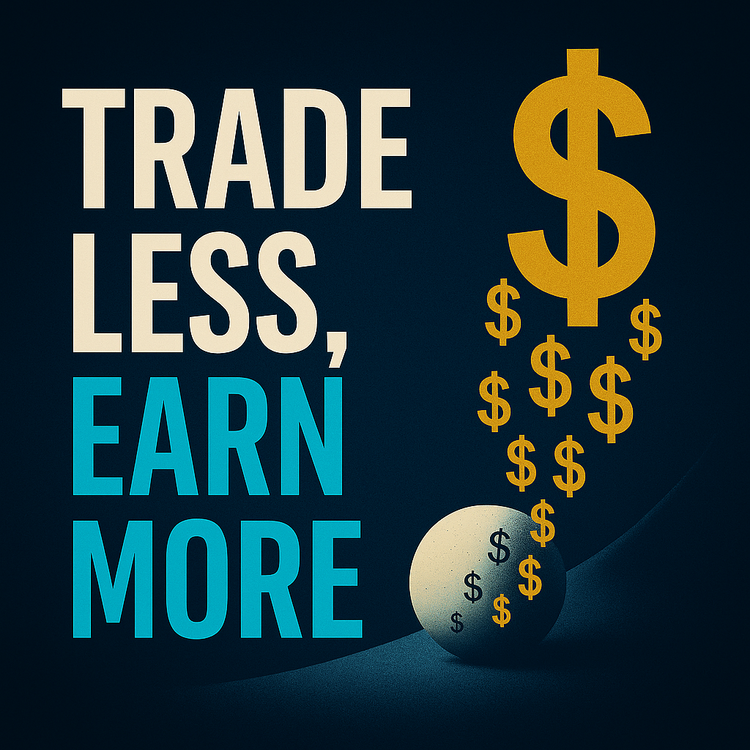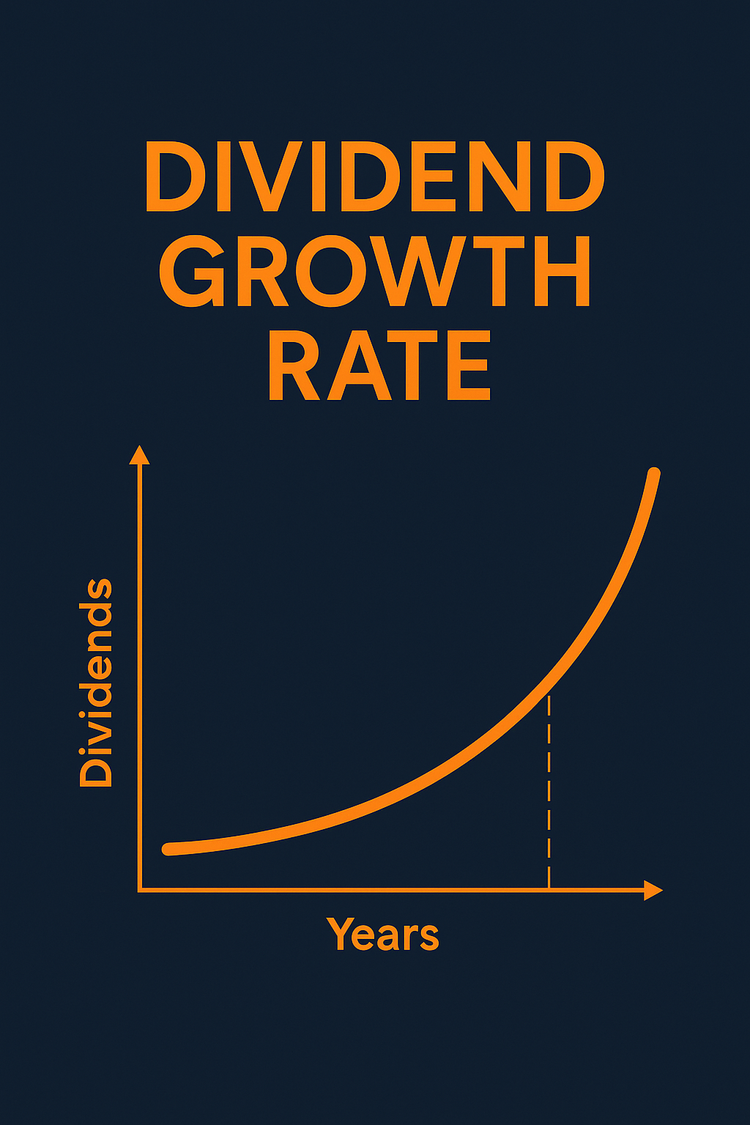The Costco Thesis

I recently published this investment analysis on Yahoo Finance. Here's the full thesis:
The Core Investment Case
Costco Wholesale Corporation (NASDAQ: COST) is retail's gold standard, and I'm bullish over a 3-5 year horizon, targeting $1,200-$1,300 per share by 2028 (~7-10% annualized returns from ~$968 in September 2025). Its membership-driven model, generating ~70% of profits, creates a formidable moat, while operational excellence delivers value through inflation, tariffs, and fierce competition. Despite a 56x P/E, Costco's unmatched loyalty, global growth, and ~30x returns since 2002 (vs. S&P 500's ~10x) make it a top-tier compounder for disciplined investors. Bottom line: the fees pay for low prices, and low prices keep members hooked.
The Membership Moat: A Revenue Engine Built to Last
Costco isn't just a retailer—it's a membership powerhouse. In Q2 2025, 78.4 million paid households generated $1.19 billion in fees (up 7% year-over-year per company filings), covering 65%+ of net profits. This $4.2 billion annual stream (2024) funds 11% markups—half Walmart's 24%—enabling Costco to absorb 2025 tariff hikes while keeping prices low. The "treasure hunt" model, with 4,000 SKUs vs. competitors' 100,000+, drives urgency and exclusivity, yielding 93% North American renewal rates (according to company reports). Members spend ~$1,500/year (vs. Sam's Club's ~$1,200 per retail industry estimates), locked in by $60-$120 fees. This delivers three strengths: predictable cash flow, deep loyalty, and a switching-cost moat. International sales (30% of total) surged 14.8% in Q3 2025 (per company earnings), fueled by China's middle class, though breaking into new cultures and messy supply chains can trip them up. Costco's shift of ~20% of goods to non-U.S. suppliers cut tariff exposure by ~15%, showcasing strategic agility but adding logistics challenges.
Financial Strength: A Fortress of Stability
Costco's financials are rock-solid. Q2 2025 net sales rose 9.1% to $62.53 billion, with comparable sales up 6.8%, outpacing retail's 4.7% forecast through 2028 (per company earnings reports). Total revenue hit $63.72 billion (up 9%), and net income reached $1.79 billion ($4.02 EPS), up from $1.74 billion. February 2025 sales climbed 8.8% to $19.81 billion (according to company filings). With $9.91 billion in cash and a debt-to-equity ratio below 0.5, Costco funds 50+ annual warehouse openings and Costco Next. E-commerce grew 14.8% in Q3 2025 but lags pure players (20-40% growth), with 1-2% margins vs. Amazon's 5% due to bulk shipping costs. Costco is improving logistics efficiency with plans for 15% cost cuts by 2027. Analysts project 6.2% revenue and 11.06% EPS growth through 2028 (per analyst consensus), supporting a $1,200-$1,300 target ($550-580 billion market cap). Since 2002, Costco delivered ~30x returns vs. the S&P 500's ~10x (based on historical performance data), as summarized below:
Costco Membership & Revenue Growth (2015-2025)
- Memberships: 50M (2015) → 78.4M (2025)
- Revenue: $116.2B (2015) → $254.5B (2025)
Navigating Competition and Risks
Costco's Kirkland Signature (30% of sales, 20% cheaper per company data), zero ad spend, and premium wages (~$26/hour vs. Walmart's ~$17/hour, ~10% turnover vs. retail's 20% according to industry data) drive efficiency. CEO Ron Vachris, a 40-year veteran, fosters a culture where 70% of managers rise internally. Yet, competition is relentless. Amazon's ~200 million Prime members and ~$20 billion grocery sales (2023 industry data) leverage free shipping, drawing younger shoppers. Sam's Club ($50 fees, 550 U.S. stores per company filings) pushes AI-driven pricing, with 85% renewal rates vs. Costco's 93% (per industry reports). Target's Circle (1% rewards) mimics membership perks. Costco's edge lies in its in-store experience—80% of shoppers visit for samples or the $1.50 hot dog combo (unchanged since 1985 per company history)—and a 25% app download surge (2025 per company reports), with 30% of members as Gen Z/Millennials (per company demographic data). Same-day delivery in 20% of U.S. markets (2024 per company filings) counters convenience trends.
At 56x earnings, Costco's priced for perfection — well above Walmart (43x) and Target (28x) as of September 2025 (per market data). Interest rates pressure high-multiple stocks, and recessions could dent renewals or basket sizes, though 92% renewal resilience (based on historical company data) mitigates this. The 2024 fee hike sparked backlash on X, risking pushback on future increases. Rising real estate costs in prime markets and labor inflation threaten 2-3% margins. Gen Z/Millennials (~30% of members) favoring apps like Instacart challenge bulk buying, though Costco's app gains traction.
The Path to $1,200-$1,300
The target assumes 6-7% revenue growth, 10% EPS growth, and slight margin expansion via Kirkland and e-commerce (10-12% of revenue by 2028). Catalysts include international expansion (40% revenue), cautious fee hikes, and logistics upgrades (15% cost cuts by 2027). A bear case ($1,000-$1,100, ~1.5% margin compression) balances risks. Vachris's employee-first culture ensures execution.
Bottom Line
Costco's moat is a cash-flow juggernaut—loyal, scalable, and resilient. The valuation requires patience, but its track record demands respect. Buy on dips, hold for 3-5 years, and bank steady gains.






Member discussion